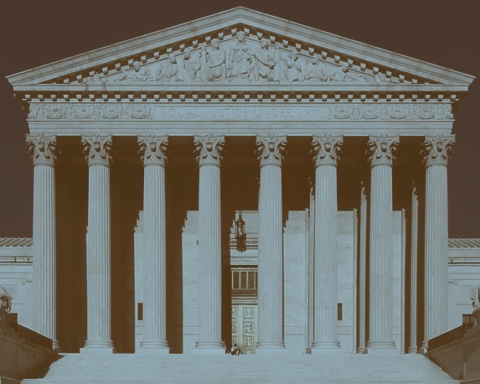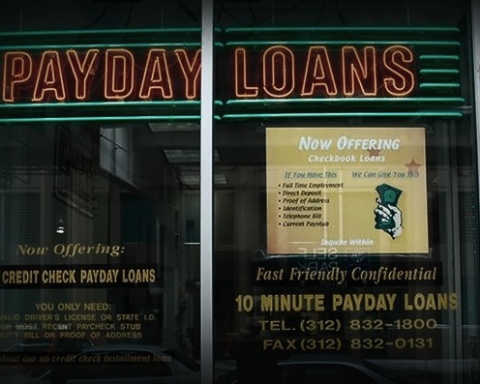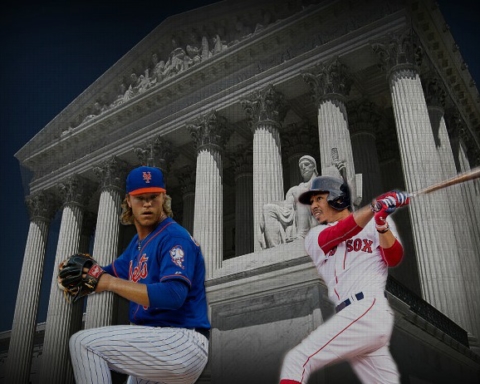Secretary of the Treasury Jack Lew pushed back on Republicans’ claim that financial reform has kept new banks from forming in recent years.
Lew said Tuesday he believed that big banks’ market power, as much as anything else, has dampened prospects for the establishment of new banks, since the global collapse of 2008.
“I think that coming out of the financial crisis, we have seen what was happening before the financial crisis continue, which is a trend toward consolidation,” he said at a Senate appropriations subcommittee hearing. “I think it has to do with economies of scale, as much as anything else. It’s not something that was created by the financial crisis, we were seeing that trend over some time.”
Lew made the remarks in response to an inquiry from the committee chair, Sen. John Boozman (R-Ark.). The Treasury Secretary told Boozman that he would “be happy to go back and look and see what the kind of experience was at different periods of time,” and get back to the senator.
“The reality is that there are simply no new banks being chartered post-Dodd-Frank,” Boozman had said, referring to the landmark financial reform package signed into law by President Obama in 2010.
“Why are there not being new banks chartered?” Boozman had asked.
The first application since 2008 to the Federal Deposit Insurance Corporation to charter a new community bank was withdrawn in February, according to the Phoenix Business Journal. The publication reported that the owners of Grand Canyon Bank “concluded [Dodd-Frank] is creating a deterrent to capital for new bank formations in terms of return of investment to organizers and investors.”
Republicans have latched onto these sorts of claims to argue that financial reform has stymied community banking. But skeptics of this viewpoint have pointed to other factors: low interest rates, “generational changes” and the general inability of small banks to compete.
Since the collapse, despite widespread anger over taxpayer-funded bailouts, “Too Big to Fail” banks have grown in size. In 2014, Sen. Elizabeth Warren (D-Mass.) pointed out that “the five largest financial institutions are 38 percent bigger than they were back in 2008, when they were too big to fail.” A study published last year showed that the five largest banks in the US controlled nearly half of all assets in the industry.
Though Lew only noted “economies of scale,” the industry’s move toward oligopoly was triggered by changes in financial regulations—the 1999 full repeal of the Great Depression-era Glass-Steagall Act; legislation that kept retail and investment banking segregated for decades.
“The change in the law opened the floodgates for giant mergers, such as the $33 billion deal between JP Morgan and Chase Manhattan in September of 2000,” NPR noted. It also allowed for Bank of America to acquire Merrill Lynch and mortgage lender Countrywide amid the financial turmoil last decade.
Last spring, Senate Banking Committee Republicans attempted to use their claims about community banking to lift Dodd-Frank safeguards that are applied specifically to some of the largest Wall Street banks. The committee voted along strict partisan lines to advance a proposal that would subject financial institutions with more than $500 billion in assets to additional Federal Reserve oversight under Dodd-Frank. Currently, that threshold is ten times lower–at $50 billion.
“Our big banks are kind of holding the community banks hostage,” House Financial Services Committee ranking member Maxine Waters (D-Calif.) said of the effort.





